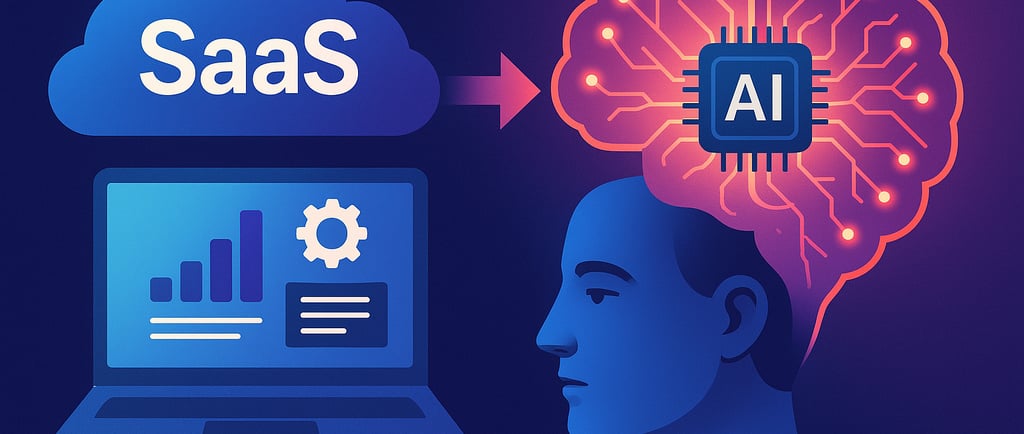Next wave of SaaS applications
How Artificial Intelligence (AI) is poised to democratize the Software-As-A-Service applications to newer use cases due to better use experience.
Shahab Najmi
2/24/20251 min read


Software-as-a-Service (SaaS) market is projected to grow from US$390.46bn in 2025 to US$793.10bn by 2029 according to Statista. Large number of critical applications are being used as SaaS covering most key aspects of businesses including Enterprise Resource Planning (e.g. SAP, Oracle), Customer Resource Management (e.g. Salesforce), Service Management (e.g. ServiceNow), Project Management (e.g. Atlassian), etc.
Despite its success at corporate level, SaaS model has been less successful in making the same impact on individual end users. A major contributing factor for this lack of adoption by individuals is that typically SaaS applications have a significant learning curve. Individuals using these applications require special training or experience before they can extract value from the typical SaaS applications.
However, as artificial intelligence continues to advance, the next wave of applications is poised to revolutionize areas that have traditionally lagged in adopting SaaS solutions. This will largely be due to better use experience and flattening of the learning curve for users.
Voice-enabled and multi-lingual applications are particularly promising, with projections suggesting a significant rise in their implementation across sectors such as home services, healthcare, education, and customer service within the next 3-5 years. For instance, a recent study indicates that the global market for voice recognition technology is expected to reach $27.16 billion by 2026, driven by the growing adoption of AI-enhanced applications. Examples include virtual health assistants capable of interacting with patients across different languages and smart customer support systems that can seamlessly address inquiries in various dialects. These innovations will not only enhance accessibility but also empower industries to leverage AI in ways never before imagined.
Large number of applications are being rolled out which use large language models (LLM) to translate user description in plain language into content, websites, business applications etc. This trend will accelerate the development of more innovative applications targeting both business and individual users in the near future.

